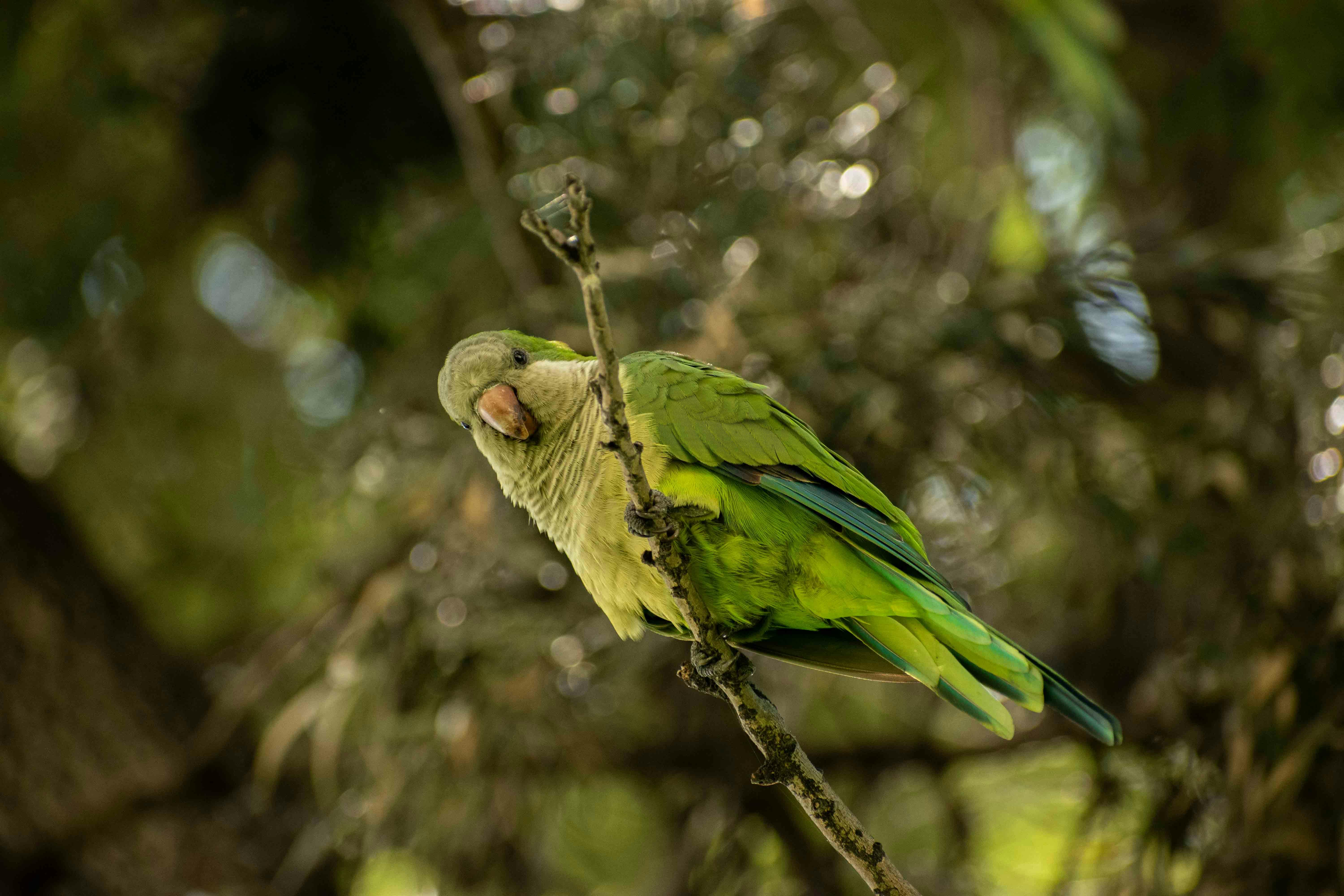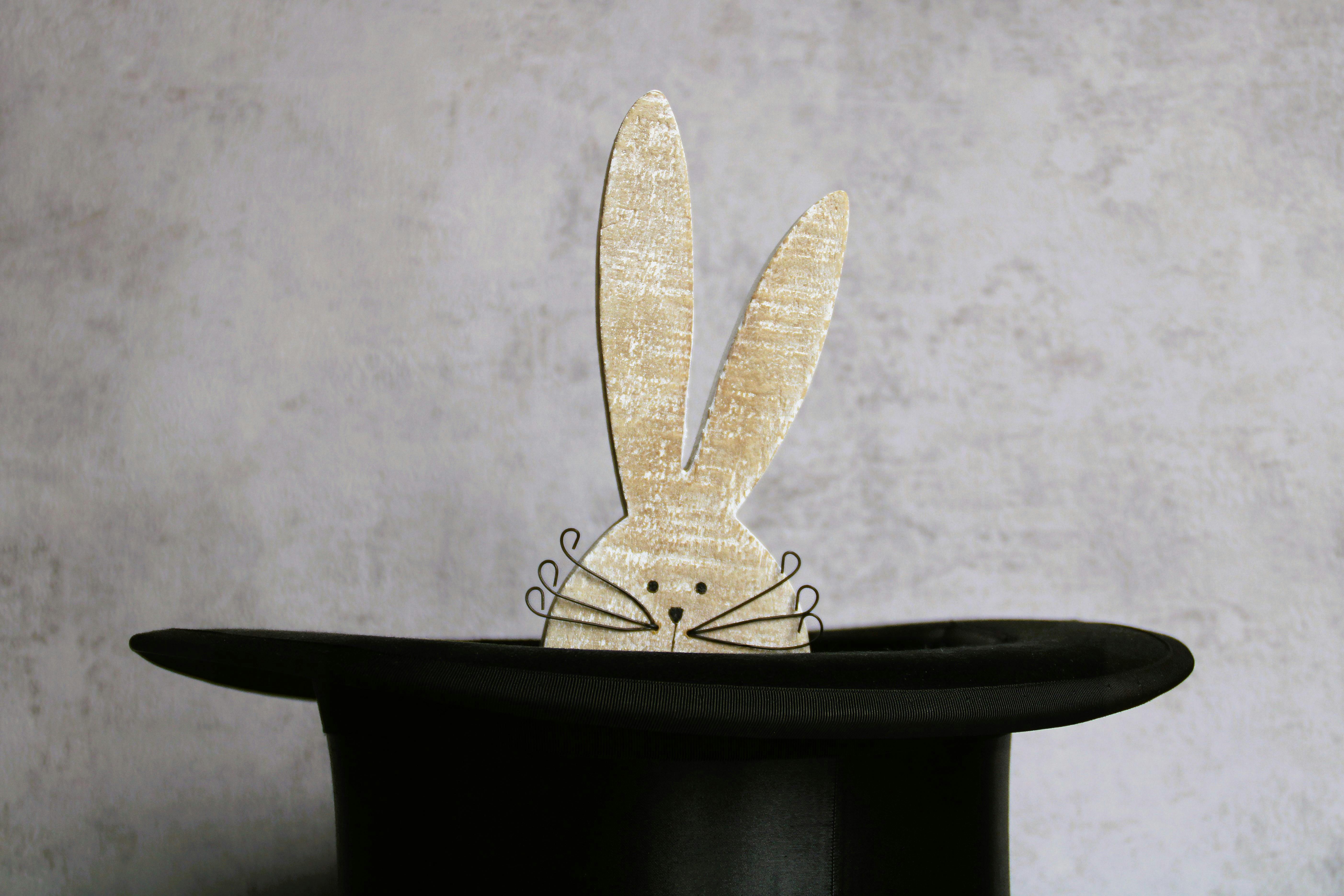Effective Ways to Use Shrimp for Aquarium Success in 2025

Apply Now


Effective Ways to Use Shrimp for Aquarium Success
Shrimp have gained tremendous popularity in the aquarium hobby due to their vibrant colors, interesting behaviors, and essential roles in maintaining a healthy ecosystem. As freshwater shrimp provide not just aesthetic benefits but also functional advantages, understanding how to best use them in your aquariums can lead to success in this rewarding hobby. With the right shrimp species, tank setup, and maintenance practices, you can create a thriving underwater community that benefits your aquatic plants and fish while offering an engaging experience for you as an aquarist. This article will explore essential shrimp care tips, the best shrimp for aquariums, and how to ensure optimal shrimp health. We will dive into tank conditions, suitable tank mates, and methods for successful breeding. By the end of this guide, you will have a comprehensive understanding of shrimp care and management, empowering you to make informed decisions in your aquarium journey. Key takeaways include: - Best practices for shrimp tank setups - Popular shrimp species and their compatibility - Maintenance tips for a healthy shrimp environment - Effective breeding techniques for successful shrimp propagationChoosing the Best Shrimp for Your Aquarium
When selecting shrimp for your aquarium, it is crucial to consider factors such as tank size, compatibility, and water parameters. Here, we'll discuss popular shrimp species, such as cherry shrimp, crystal red shrimp, amano shrimp, and ghost shrimp. These species not only add vibrant colors to your tank but also perform essential functions like algae control.Characteristics of Popular Shrimp Species
Cherry shrimp, known for their bright red coloration, are a favorite among hobbyists due to their hardiness and ease of care. They thrive in a range of environments and are known for their friendly nature towards other tank inhabitants. Crystal red shrimp are another option, appreciated for their contrasting red and white markings, adding visual interest to any tank. They require more stable conditions compared to cherry shrimp but can thrive with diligent care. On the other hand, amano shrimp are recognized for their algae-eating capabilities, making them ideal for tanks with heavy algae growth. Finally, ghost shrimp, with their transparent bodies, offer a unique look and are also excellent scavengers, helping maintain a clean aquarium environment.Understanding Shrimp Compatibility
One of the essential considerations when selecting shrimp for your aquarium is their compatibility with other species. Most freshwater shrimp, including cherry and ghost shrimp, are peaceful creatures that can coexist with many fish. However, caution should be exercised with larger or aggressive tank mates that may view shrimp as snacks. To ensure a peaceful community, consider typical tank mates such as small, peaceful fish like guppies or tetras. Additionally, integrating similar shrimp species can enrich your tank. A compatibility chart can help you identify suitable tank inhabitants based on size, temperament, and dietary needs.Tank Size and Shrimp Housing
Tank size is another critical factor impacting shrimp health and growth. Most shrimp thrive in tanks ranging from 5 to 20 gallons, depending on the species and population density. A well-planned aquarium with plenty of hiding spots, such as plants and decorations, will help reduce aggression and make shrimp feel secure. It's also essential to maintain the proper water parameters, including pH levels, hardness, and temperature, according to the shrimp you choose. Regular water changes and monitoring of water quality will further ensure a thriving environment.
Setting Up and Maintaining Your Shrimp Tank
Creating a suitable tank environment is crucial for shrimp success. This encompasses aquascaping, proper filtration, substrate choices, and lighting. Here are essential tips to keep your shrimp healthy and happy.Aquascaping: Creating a Natural Habitat
A well-planned aquascape can enhance the aesthetic value of your shrimp tank while providing essential hiding spots. Utilizing live plants not only beautifies the aquarium but also offers places for shrimp to forage and feel secure. Some excellent aquarium plants for shrimp include java moss, duckweed, and anacharis, all of which also aid in water quality by absorbing nitrates. Remember to choose decorations that won't harm shrimp, avoiding anything with sharp edges. Instead, opt for smooth surfaces or natural driftwood, which can serve as biofilm sources that shrimp will enjoy grazing on.Filtration and Water Quality Management
Choosing the right filtration system for your shrimp tank is vital to maintain water quality. A sponge filter is often recommended for shrimp tanks, providing effective filtration while minimizing water flow. This gentler approach protects delicate shrimp from being sucked into standard filters. Regular monitoring of water parameters is crucial. Test water often to maintain ideal conditions like temperature, pH levels, and ammonia/Nitrite/Nitrate levels. Use high-quality water conditioners and perform consistent water changes to ensure a stable environment.Lighting Conditions and Their Impact
Lighting plays a significant role in shrimp growth and health. While many shrimp prefer moderate lighting, it also helps plants grow and produce oxygen, benefiting the overall aquarium ecosystem. A recommended lighting schedule could involve 8-12 hours of light daily, but be mindful of algae growth, which can compete with shrimp for resources.